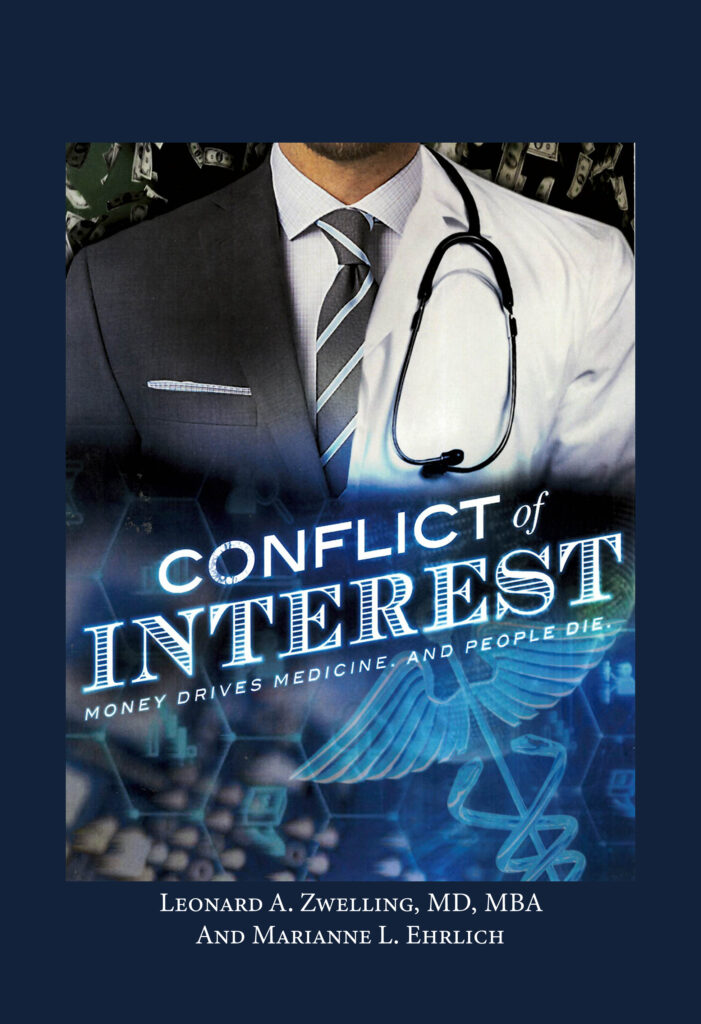Make or Buy?
By
Leonard Zwelling
This was a common question that we faced as business school
students in our classes on strategic planning and entrepreneurship. When a
company needs a certain skill or functionality, should that be created as a
permanent part of the company or bought as piece work? It could be logistics,
or inventory space or even backroom activities like human resources. Does the
company need to develop its own (make) or can the functionality be out-sourced or even in-sourced (buy)?
It’s a key decision that most businesses face at one time or another.
This came to mind when I saw this story on the Chronicle web
site:
Dr. V. Craig Jordan has been hired by
Dr. DePinho to join the President and Dr. Allison as the NAS Three at MD Anderson.
For Anderson, this is a very strange turn of events. Here’s why.
Over the years, if there was one
criticism of Anderson that was surely fair it was that people tended to stay at
Anderson for their entire careers. Many of the best and brightest members of
the faculty actually came to Anderson as trainees and never left. Anderson grew
its own talent. Anderson picked “make” in the make or buy choice.
This was not uniformly the case. Drs.
Fidler and Kripke came to Anderson at mid-career after having established their
excellence elsewhere. So did many others recruited in the early 1980’s. The
best of them actually grew the stature of Anderson by building on their prior
accomplishments and so proved to have been very good “buy” bets, indeed. John
Mendelsohn did try to hire a member of the National Academy to be a scientific
leader, but it never seemed to work out. I don’t think anyone but John really
found this to be a problem. MD Anderson was doing just fine growing its own
clinical and scientific talent and adding to those who trained there, the
abilities of selected others at mid-career who saw the opportunity to take their games
to the next level by taking those games to the labs and clinics at 1515.
With the coming of Dr. DePinho the game
changed. He was a very high-powered and highly regarded basic scientist with no
clinical expertise in cancer care and thus a real shift from the Mendelsohn
mold. His wife, too, was a very highly regarded scientist on the world (TED?)
stage and those they recruited in the basic science arena were also already high
profile if not quite as highly regarded as their bosses were. The DePinho
strategy seemed to be more “buy” than “make”.
With Dr. Allison and now Dr. Jordan,
DePinho seems to have added a Miami Heat-like approach to cancer research. It
will be very interesting to see if this “buy” strategy leads to new discoveries
or just more end-of-career awards for MD Anderson. I really do understand why
the individuals involved are coming given what must be enormous recruiting
packages and even larger salaries at a time in their careers when they probably
did not expect that. What is very unclear to me is the wisdom of the “buy over
make” decision for Anderson.
I am quite sure that the opportunity
cost is huge (the money spent on the new recruits cannot also be spent on
developing young talent and the sunk cost even bigger, those contracts must be
doozies).
I trained in a place that also has a
long history of creating its own excellence (the “make” option). Duke Medical
School has many stars who grew up there. Some came as undergrads, some as
medical students, some as house staff. There is no better example than Dr.
Robert Lefkowitz, the recent Nobel laureate in Chemistry from Duke. All the
work for which Bob was awarded the Nobel was done at Duke. He came as a young
faculty member. He created. Everyone prospered and generations of superlative
scientists, including Bob’s co-laureate came from his lab. That was and is the
Duke way. It was the Anderson way also. We will have to see what this change in
strategy portends for the future of cancer research at the former number one
place for cancer care in America.
Many professional athletic teams from
the Heat, to the Redskins, to the Rockets to the Yankees have opted for the buy
strategy doling out huge amounts of money for proven talent in an attempt to
buy a championship. It has occasionally worked, but not often. I think that
Charles Barkley, Alex Rodriguez and even LeBron James were of limited although
definite benefit to their teams. I will leave it to others to decide if the
money was well spent.
Frankly, I prefer the “make” option. I
like institutions that nurture their young talent, create a bond of loyalty and
both the individual and the institution prosper. That was MD Anderson for most
of its lifetime. We shall see if this new DePinho model is as productive as the
Clark-LeMaistre model was.




